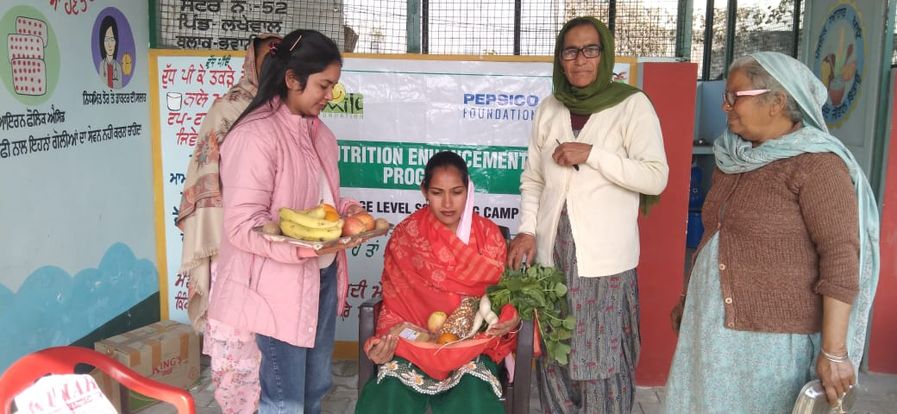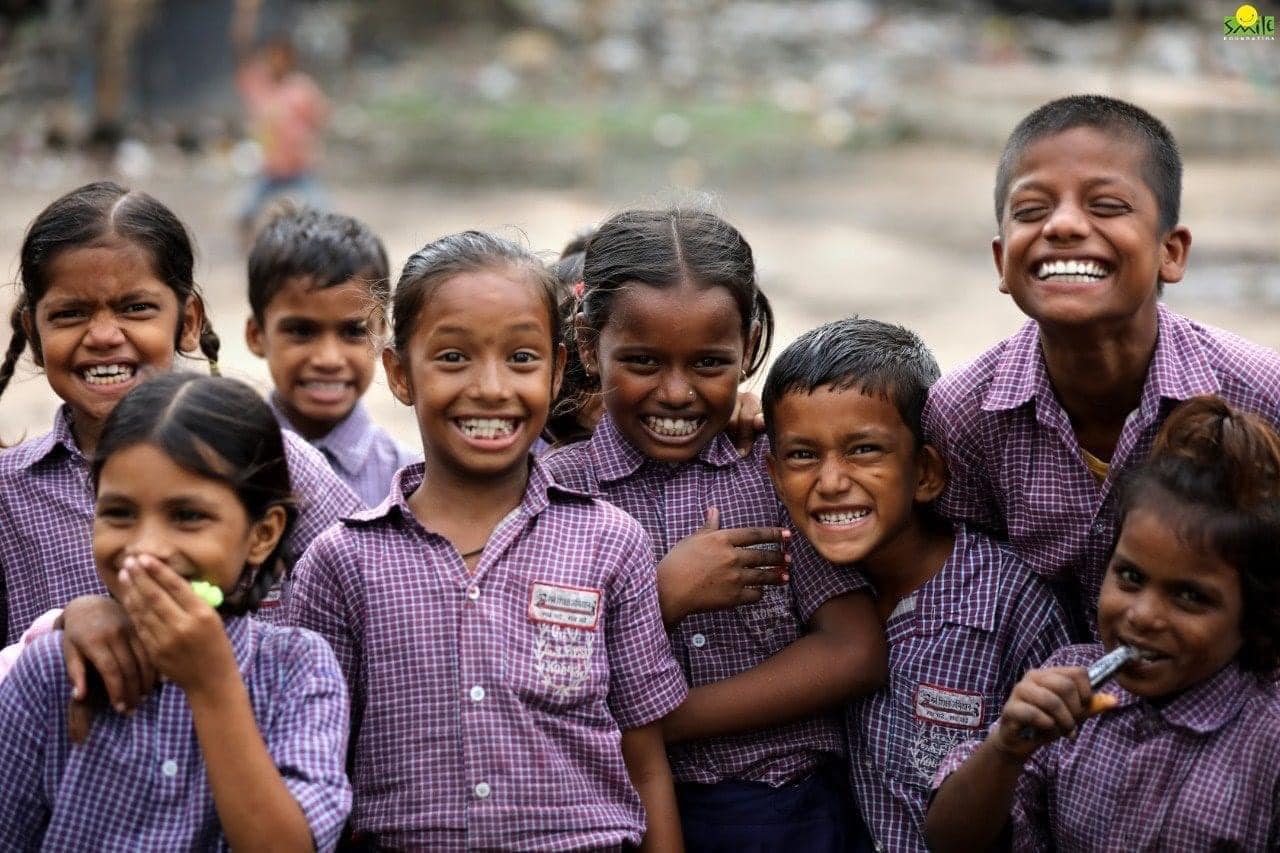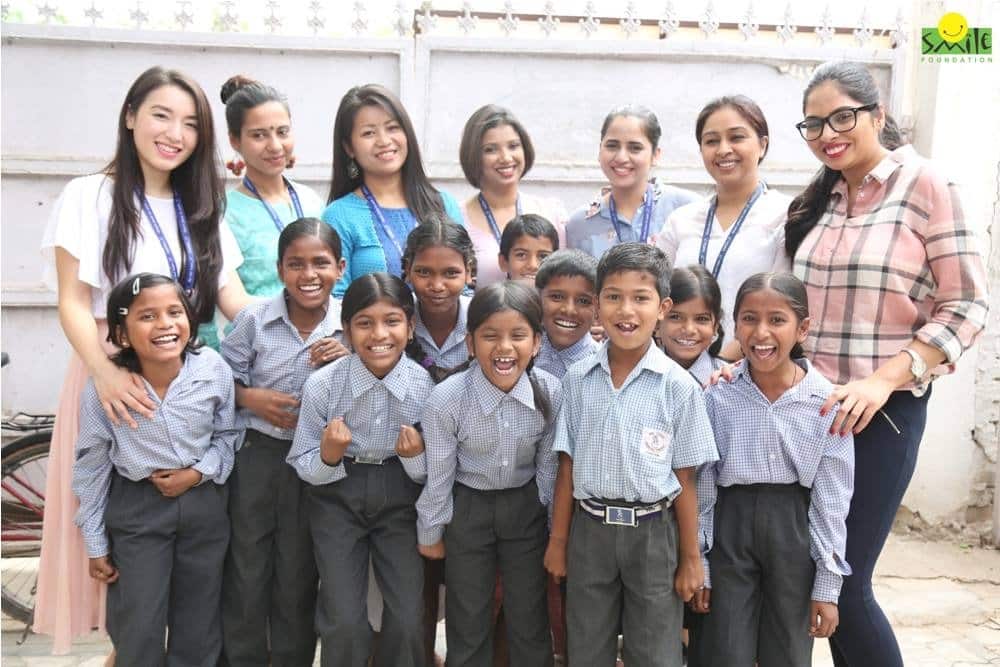Maternal healthcare is a critical aspect of public health, ensuring the well-being of women during pregnancy, childbirth, and the postpartum period. However, in many developing countries, including India, significant challenges persist in providing comprehensive and affordable maternal healthcare services. High maternal mortality rates, inadequate access to healthcare facilities, and the burden of healthcare costs on families are among the pressing issues that need to be addressed.
The Current Scenario
India is home to a vast population, with a significant proportion of women in reproductive age groups. However, according to a study, the country’s maternal mortality ratio (MMR) remains alarmingly high, with an estimated 113 deaths per 100,000 live births (source: Oxford Academic). This statistic reflects the urgent need to strengthen maternal healthcare services across the country.
Maternal mortality remains a significant challenge globally, particularly in low- and middle-income countries. Over the past 25 years, the global maternal mortality ratio (MMR) has decreased by 44%. However, complications from pregnancy and childbirth still account for the leading cause of death among young married women in developing nations, with the majority of maternal deaths occurring in sub-Saharan Africa and South Asia.
Nevertheless, significant variations in MMR exist across different states in India, with the highest rates in Assam and the lowest in Kerala. The age group of 20-29 years accounts for a substantial proportion (around 69%) of maternal mortality cases.
Socio-Economic Factors
In India, socio-economic factors such as education, household wealth status, caste, religion, and women’s autonomy have been found to be significantly associated with the utilization of maternal healthcare services. These findings emphasize the need for targeted interventions that address the barriers posed by these factors and work towards improving access to and utilization of maternal healthcare services.
It is revealed that women’s exposure to mass media and their non-marginalization had a positive influence on the utilization of maternal healthcare services. This indicates the importance of education and empowerment in encouraging women to seek appropriate healthcare during pregnancy and childbirth.
Additionally, the study emphasized the significance of community and district-level factors, such as the availability and accessibility of healthcare facilities, in shaping maternal healthcare utilization.
For instance, in the rural district of Uttar Pradesh, women who lived closer to healthcare centers were more likely to access maternal healthcare services compared to those residing in remote areas. This demonstrates the critical need for expanding the reach of healthcare facilities in underserved regions to improve maternal health outcomes.
Addressing Healthcare Costs
Another significant concern in maternal healthcare is the financial burden it places on families. Many women in India, especially those from low-income backgrounds, face challenges in affording essential healthcare services during pregnancy and childbirth. The cost of antenatal care, delivery, and postpartum care can be prohibitively high for many families.
To alleviate this burden, the government is taking steps to make maternal healthcare more affordable. Increasing investments in public healthcare, subsidizing healthcare costs for vulnerable populations, and promoting health insurance schemes specifically tailored for maternal healthcare are potential strategies to explore. By reducing the financial strain on families, more women can access the necessary care without compromising their health or that of their unborn children.
Improving Access to Healthcare Facilities
One of the key challenges in maternal healthcare is the limited access to healthcare facilities, particularly in rural and remote areas. India’s vast geography and uneven distribution of healthcare infrastructure pose significant barriers to pregnant women seeking care. To address this issue, the government, in collaboration with nonprofits and international organizations, must focus on expanding the reach of healthcare services to underserved regions.
In recent years, initiatives like the National Health Mission (NHM) and the Pradhan Mantri Surakshit Matritva Abhiyan (PMSMA) have made commendable efforts to improve access to maternal healthcare. The NHM has established more healthcare centers in rural areas, and the PMSMA provides free antenatal check-ups to pregnant women. These initiatives have shown promising results but require sustained investment and continuous evaluation to ensure their effectiveness.
Reducing Maternal Mortality
To combat the high maternal mortality rates, a comprehensive approach is needed. This includes promoting skilled birth attendance, encouraging institutional deliveries, and enhancing emergency obstetric care. Skilled birth attendants, such as midwives and trained healthcare professionals, play a vital role in ensuring safe deliveries and promptly addressing any complications that may arise.
Furthermore, the provision of adequate emergency obstetric care is crucial to saving the lives of pregnant women facing complications. This includes access to emergency transportation, blood banks, and well-equipped healthcare facilities. By strengthening emergency obstetric care services and ensuring their availability in both urban and rural areas, India can make significant progress in reducing maternal mortality.
Overcoming All Challenges
Improving maternal healthcare in India is a multifaceted challenge that requires a comprehensive approach. By focusing on expanding access to healthcare facilities, reducing maternal mortality rates, and addressing the healthcare cost burden, India can pave a steady path toward better maternal health outcomes.
Initiatives like the NHM and PMSMA have shown promise, but sustained efforts and investments are necessary to bring about lasting change. It is imperative for the government, nonprofits, and other stakeholders to work together to ensure that every pregnant woman in India receives the quality care she
By addressing structural and contextual factors, providing education and awareness, and implementing targeted interventions, India can further improve maternal health outcomes.
The government, along with nonprofits and other stakeholders, must continue investing in initiatives that promote regular antenatal care visits, facility-based deliveries, and postnatal care. By ensuring comprehensive and accessible maternal healthcare services like Smile Foundation’s healthcare programme, India can continue on its path of progress and further reduce maternal mortality rates across the country.









